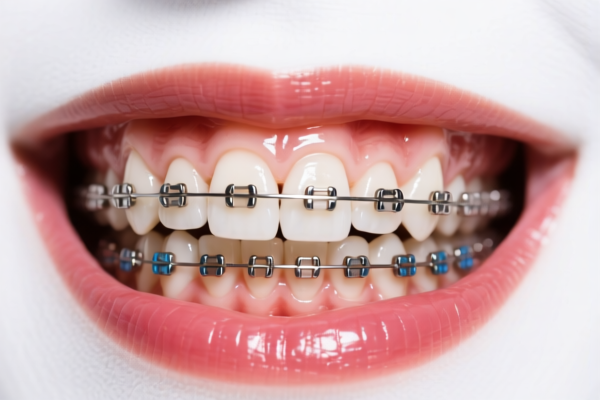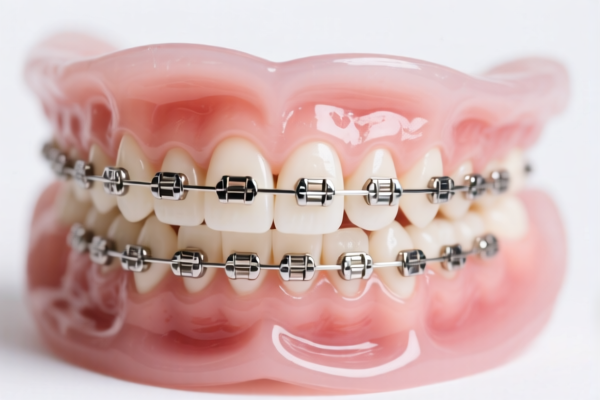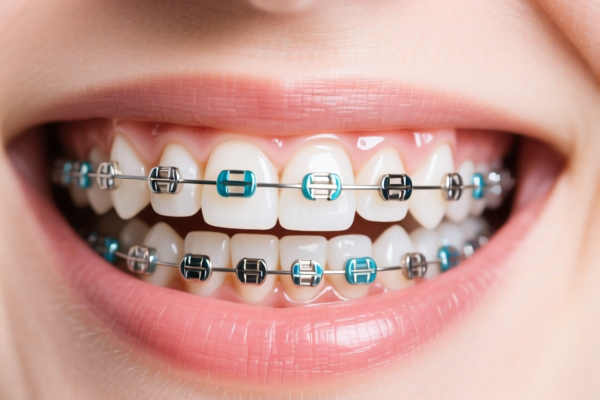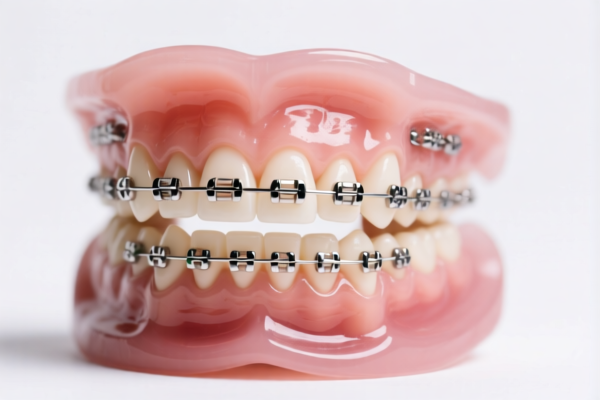| HS Code | Official Doc | Tariff Rate | Origin | Destination | Effective Date |
|---|---|---|---|---|---|
| 1211908990 | Doc | 55.0% | CN | US | 2025-05-12 |
| 1404909040 | Doc | 55.0% | CN | US | 2025-05-12 |




Bract
Bract refers to modified leaves surrounding flower buds or developing flowers. These structures are not part of the reproductive parts of the plant but play protective and supportive roles.
Material & Composition:
Bracts are composed of plant tissue, typically leaves that have been altered during development. Their composition is similar to regular leaves, containing chlorophyll, vascular bundles, and other cellular components, though their texture and color can vary significantly. They can be herbaceous (thin and easily torn) or woody, depending on the species.
Purpose:
- Protection: The primary function of bracts is to protect the developing flower bud from environmental stresses like cold, heat, and damage from herbivores.
- Pollination Attraction: In many species, bracts are brightly colored and visually prominent, functioning as attractants for pollinators. They can mimic petals, increasing the flower's visibility.
- Seed Dispersal: Some bracts develop into wing-like structures aiding in wind dispersal of seeds.
- Photosynthesis: While often less efficient than regular leaves, bracts can contribute to photosynthesis, especially in early development.
Function:
Bracts do not directly participate in the reproductive process (pollination or fertilization). Their function is primarily supportive, enhancing the success of reproduction by protecting the delicate flower parts and attracting pollinators. In some cases, they can also aid in fruit development.
Usage Scenarios & Plant Examples:
- Ornamental Plants: Many popular ornamental plants utilize bracts for their visual appeal.
- Poinsettia: The colorful, leaf-like structures surrounding the flower are actually bracts, not petals.
- Bougainvillea: The vibrant colors are due to bracts surrounding small, inconspicuous flowers.
- Spiraea: Some species have showy bracts.
- Fruit-Bearing Plants:
- Fig: The fig 'fruit' is actually an inverted flower with bracts forming a protective enclosure.
- Pineapple: Bracts form the outer layers of the fruit.
- Other Plants:
- Acalypha: Known for colorful bracts.
- Euphorbia: Many species have prominent bracts.
Common Types/Variations:
- Spathe: A large, boat-shaped bract surrounding the spadix (flower spike), common in Arum family plants like Calla lilies and Anthuriums.
- Involucre: A cluster of bracts surrounding a flower head, typical in Asteraceae family (sunflowers, daisies, etc.).
- Phyllaries: Individual bracts forming the involucre.
- True Bracts: Modified leaves directly below the flower.
- False Bracts: Leaves located further down the stem that appear bract-like.
Bracts fall under the category of plants and parts of plants used primarily in perfumery, pharmacy, or for insecticidal, fungicidal, or similar purposes.
Here are the relevant HS codes based on the provided reference material:
- 1211908990: This HS code covers plants and parts of plants (including seeds and fruits), of a kind used primarily in perfumery, in pharmacy or for insecticidal, fungicidal or similar purposes, fresh, chilled, frozen or dried, whether or not cut, crushed or powdered. The specific subheading '8990' indicates 'Other', further specified as 'Other: Fresh or dried Other: Other'.
- 12: Chapter 12 relates to oil seeds and oleaginous fruits and their fixed oils and fats; and seeds, fruits and grains of plants rich in oil or of fats.
- 11: Heading 11 specifies plants and parts of plants.
- 90: Subheading 90 denotes 'Other' within the broader category, indicating items not specifically classified elsewhere within Chapter 12.
The applicable tax rate for this HS code is a base tariff of 0.0%, an additional tariff of 25.0%, and a 30.0% additional tariff after April 2, 2025, resulting in a total tariff of 55.0%.
Customer Reviews
No reviews yet.